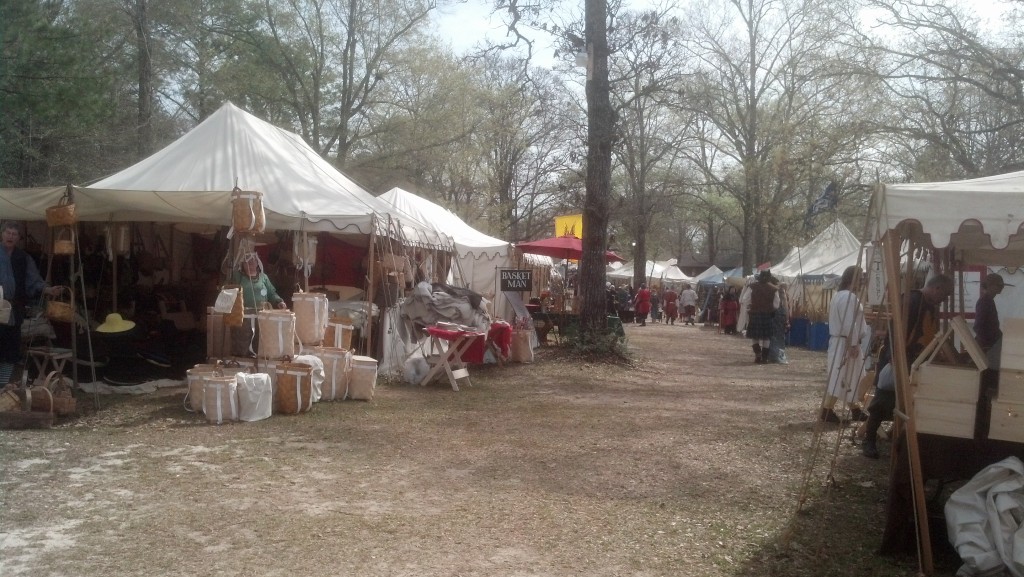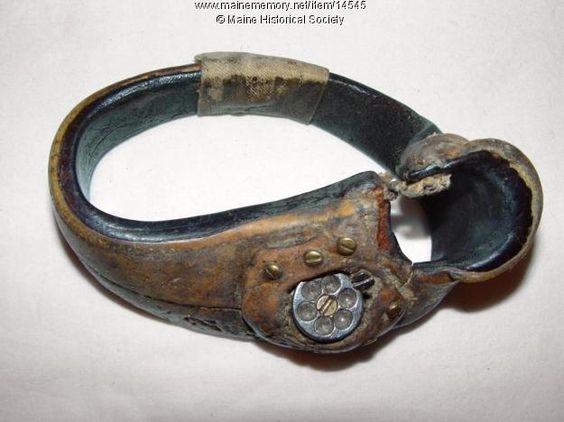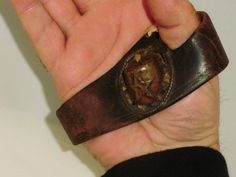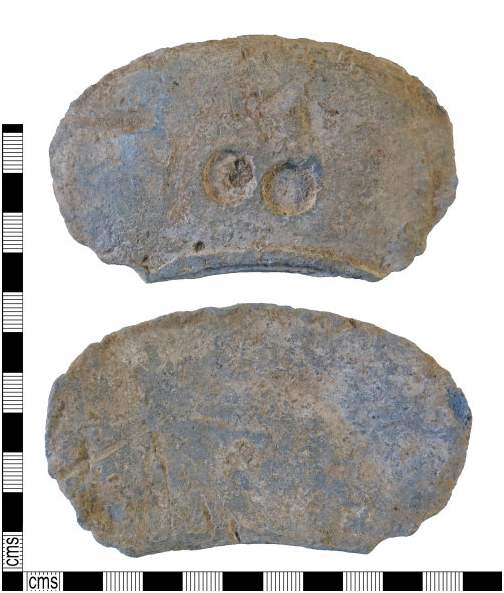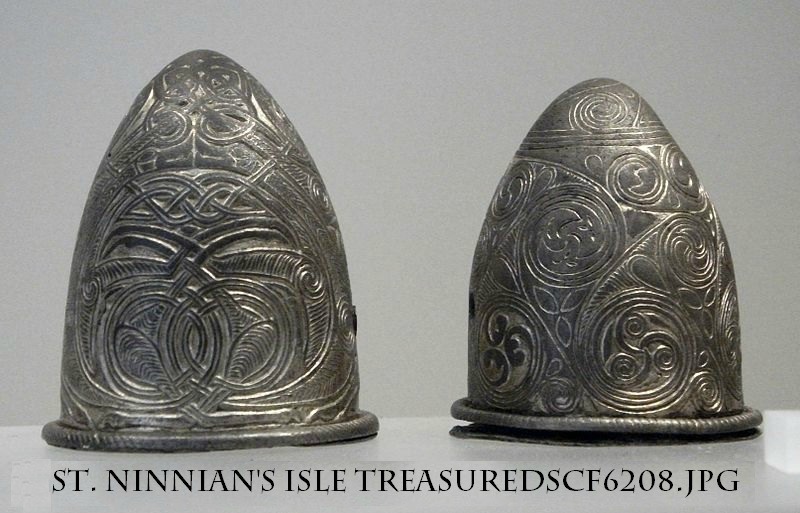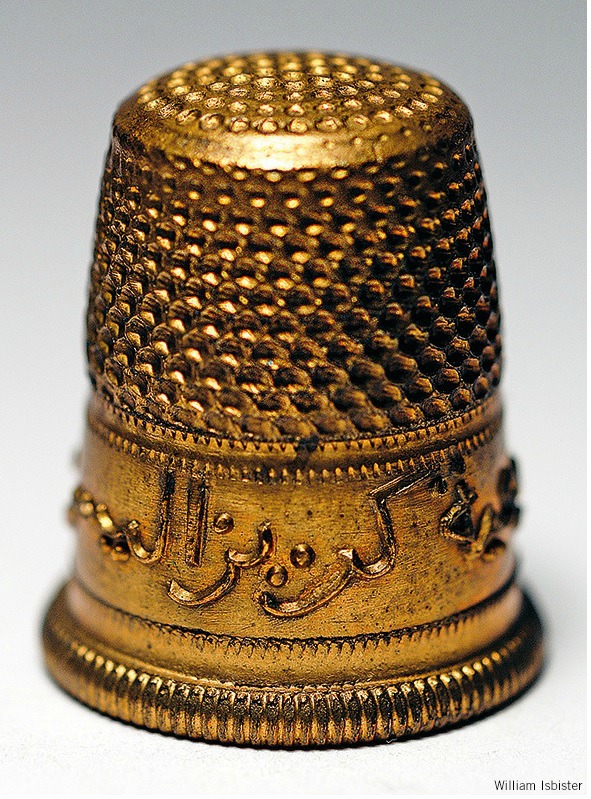As some of you may know, we are currently at an event. And as often happens, the event, and the things that have happened here, reminded me of running events myself. It has reminded me of the need to say thank you to all of those who give their precious time and energy so that we can have a wonderful place to go to be with our friends. And it has reminded me of the affect that bad behavior, premeditated, or not, can have on people.
To me, one of the most important things that we can do at events is to reward good behavior. The person who follows the rules and cooperates should be rewarded, by at least civil behavior, and perhaps even a thank you. That is not to say that we expect all people to be perfect all of the time. Have I ever forgotten to pre-register for an event? Yes. Have I ever left my membership card at home? Yes. But it would never have occurred to me to harass the people at gate because of my mistakes. I remember leaving our membership cards home many years ago at Pennsic. The people at troll were apologetic that they had to charge us the non-member surcharge, because this was before you could pull up memberships on line. I said it was my own darn fault and that they should not feel bad. They breathed a sigh of relief. What would being mean to them have accomplished?
And then there are the unintentional goofs. A poorly marked boundary line for a camp or shop that causes confusion. People are not mind readers. If we ask for clarification, because we are trying to follow the rules, do not be short with us. We are simply trying to follow the rules. If we assume that we are setting up our shop in the same way that we have for five years, and it is not what you intended, admit that the markings may not have been clear.
My favorite events have the boundary lines for encampments and shops so clearly laid out that there is never any question. That is what I have always tried to do when I laid out merchant areas. I wanted to make sure that every merchant got every inch that they paid for, and there would be no confusion, or difficulty, for merchants who came in later.
In the case of households, they are always free to renegotiate boundary lines with their neighbors, but the bottom line is, you asked for a specific amount of land, and that is what you get. Do not tell me on the day of the event that you have an additional twenty people coming. I may not be able to accommodate you.
And finally, if you screw up, no matter how “important” or “unimportant” you are, say you are sorry. We are all human beings, and we all make mistakes. A simple, “gee, I am sorry if I was crabby” can make all the difference in someone’s experience at the event. No one is too “important” to say “I’m sorry”.
Play nice and help everyone have a good time!

